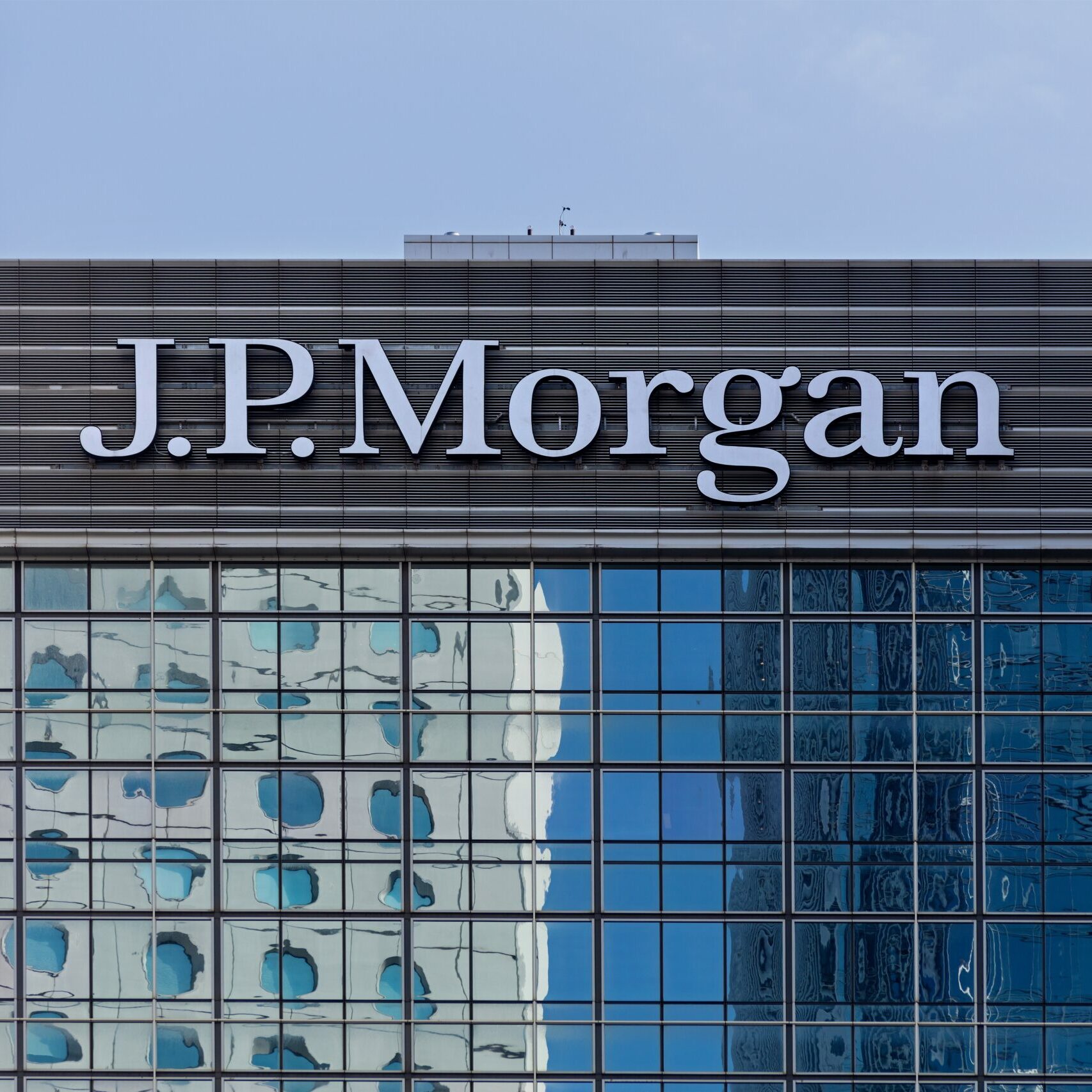Anthony Lawler is the CEO and Chief Investment Officer at Cadwyn Capital in London. The former head of GAM Systematic is a leading figure in the hedge fund industry, with extensive experience in portfolio management and asset allocation.
Ahead of next week’s European Emerging Managers Summit, Hedgeweek spoke with Lawler about his role at Cadwyn – which he took up in September 2022 – and got his take on the outlook facing smaller managers in the higher-for-longer environment. He also shares thoughts on risk management and the fundraising challenge.
HW: Thanks for joining us, Anthony. You have moved from a large established firm in GAM to Cadwyn, which is more of a start-up in size. How has the process been?
AL: I have worked in large, alternative institutional shops for over 20 years. It was a conscious choice to focus my time on what I enjoy, which is building investment propositions for clients, and building teams, as opposed to sitting in a large organization managing processes and teams. It comes with the risks of building a smaller start-up manager. But I am very happy to take that risk to try and build something with high quality people.
HW: On that note, could you tell us a bit more about Cadwyn and its plans?
AL: Cadwyn is a UK FCA regulated entity that we are basically building into a small multi-strategy shop. We launched our first relative value strategy just over a year ago and the intention is to have something like three to five strategies, which are already lined up and ready to go with different PM teams.
Each strategy aims to deliver consistent non-correlation with very limited target downside, and so a much more consistent diversifying profile than the average hedge fund delivers. We are not looking to do long biased or very conditional-payoff type strategies, but rather, we focus more on a relative value and short term trading type of profiles.
HW: How would you say that the high interest rate and inflationary environment has affected the outlook for smaller firms?
AL: High interest rates definitely have an impact on muting demand from institutional investors. They feel like there’s very low cost to waiting to make a new allocation decision, because they’re earning 5% nominally as they sit and wait. And then if your expected returns are less than, let’s say 10%, the risk/reward analysis for investors gives a very different answer when risk-free rates are 5%.
So higher rates have significantly slowed investments into alternatives this year, as big institutions take their time to decide how they want to allocate and as demand shifts towards higher expected returns. High single-digit expected returns aren’t really enough for many institutional investors now.
HW: Given the market conditions and fundraising challenge, how do you win the attention of allocators and stay on their radar?
AL: It is definitely a difficult fundraising environment. I think it’s important to understand what your value proposition is to those investors. Not what you think is great about what you’re doing, but why do you matter in their portfolio? Why should they pay attention to you – that’s very important.
Delivering returns that really are consistently diversifying, for example, is how you can get attention. It’s much more difficult in this rate environment to get attention with an average strategy, you really need to be clearly adding value. And I would argue that in alternatives, the clearest way to do that is to be consistently not correlated while producing adequate returns.
HW: Are there any novel approaches to risk management that are reassuring investors amid market volatility?
AL: We focus on strategies that are not causally correlated to what equity markets are doing. We’re either – depending on the strategy – market neutral or highly diversified and not correlated with equity markets. In our opinion, that diversification is helpful risk management to investor portfolios in this environment.
From a risk perspective, it is critical that you are very transparent and that you are pretty comprehensive on how you think about risks. We have chosen to do a 10-year lookback simulation of our current portfolio, looking across every single day because there have been some very difficult days in the markets over that period. And that gives us a good indication of portfolio tail risk, we would argue a much better indication than simply looking at VaR, cVaR or other measures of risk, though we also consider those measures as part of our risk analysis. We think that transparent, detailed risk management is important.
HW: How has your career experience helped since you joined Cadwyn?
AL: I have learnt that as investment firms seeking to help clients, we need to keep it simple and not try to be everything to everyone. Understand what your value proposition is from the investor’s perspective – and focus on that. It’s about doing one thing well, not doing ten things averagely.
Investors have a lot of choice. To grow your firm will require communicating and delivering an edge in something that adds specific value to the investor’s portfolio. Don’t oversell, but be focused, concise and transparent – keep your story simple and be authentic.
Anthony Lawler is among the many experts speaking at Hedgeweek’s Emerging Managers Summit in London on 9 November. The event is aimed at management firms and funds in their early stages of development, as well as managers and funds operated by women and leaders from diverse backgrounds. If you would like to learn more about the event or apply to attend, please click here.








